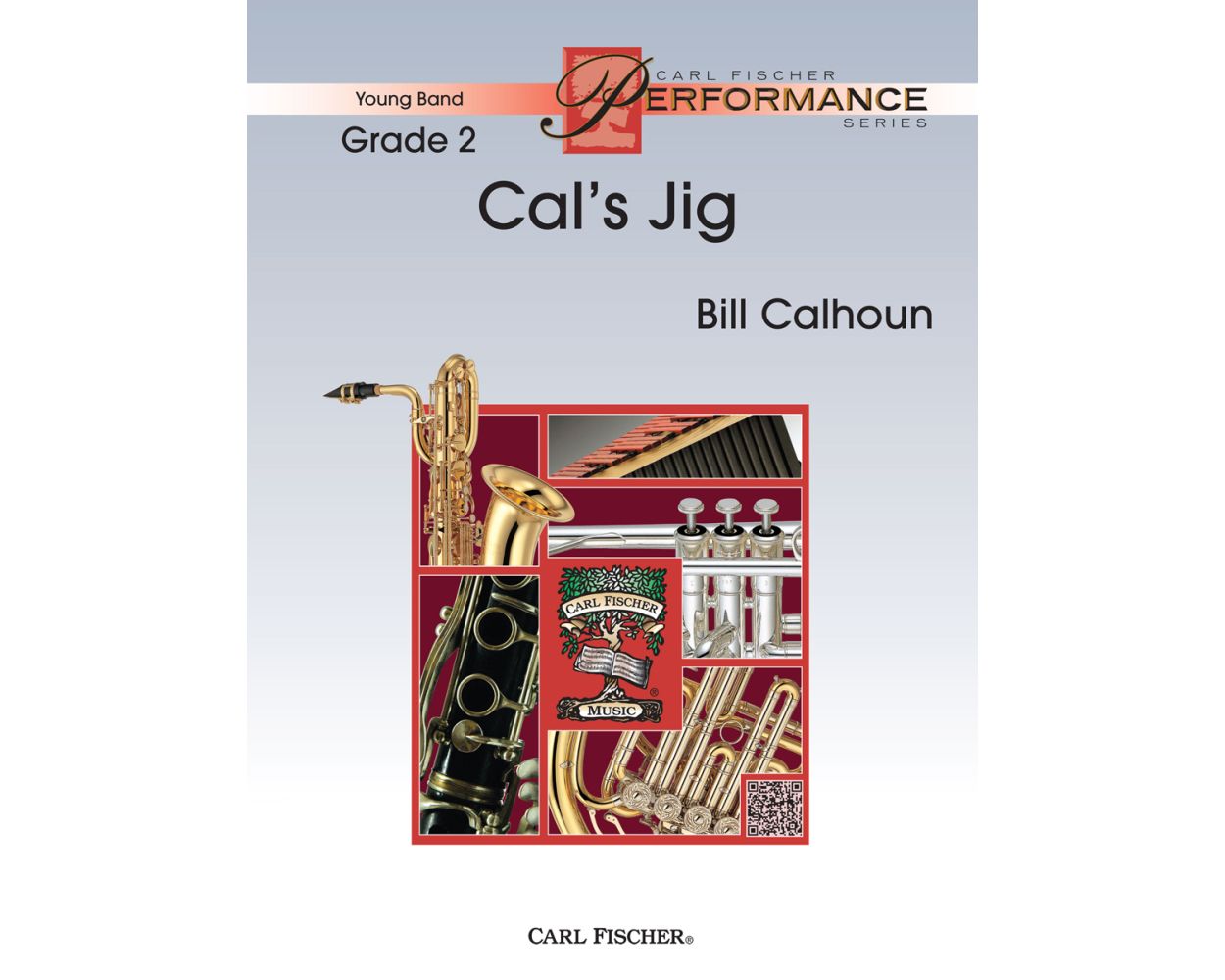Results
-
£137.99
Odyssee Wind Band Set (Score & Parts)
The Odyssee tells the story of Odysseus, the undaunted hero. In times long ago the blind poet Homer wrote this famous epic. The "Odyssey" follows the "Iliad", the story of the bloody war between the Greek and the Trojans. This battle ends after ten years thanks to the Odysseys famous trick. the Trojan Horse. The Odyssey is not a war epic, but a story about perseverance, loyalty, adventure, and the survival instinct of its ingenious hero. In The Odyssey, Homer describes how Odysseus, the king of Ithaca, had to endure another ten years of affliction after the ten years of war in Troy before he could finally return to his home land. During those years, his wife, Penelope, had to try and keep her many admirers away. These men not only wanted het hand but also the kingship. To prove her husbands worth, she played a trick: "As soon as I have finished weaving this shroud for my father-in-law, Laertes, I will choose one of you to become my husband", she promised them. But during the night, she secretly loosened what she had woven during the day, prolonging the time until Odysseus would finally return. After twenty long years, when he finally stood at the door, she wondered: Is this really my husband? Is he an imposter? Cunningly, she asked him to move the bed, because only she and her husband know that the bed was immovable and was build around an old three trunk! Odysseus was deeply moved: this really was his wife, his Penelope! Nearly three thousands years later, the loyalty and strength of this character, and all the dangerous adventures that Odysseus survived thanks to courage and intelligence, still moves us today. Odyssee by Jan Bosveld is not just an adventure story, but rather a characteristic piece in which memories of Homers story can be heard. The composition opens with a firm, stirring theme describing our hero, Odysseus, in detail: This man is not to be taken lightly. The further development of this short introduction completes this character sketch: trustworthy, perseverant, and a genius. After that we can picture Odysseus on the lonely beach of Ogygia. Do the trumpets depict his memories of the war of Troy? Does he think of his wife, as we recognise the weaving loom of Penelope in the murmuring eighth? In the solemn, plaintive part that follows, we can imagine Penelope feeling lonely, sitting in the womens room with her servants.One of the girls plays the harp, but that does not clear the sombre atmosphere. Then we can imagine seeing the sorceress Circe, who changed Odysseus men into swine. After she gives a simple magic sign something follows that reminds us of the sound of pigs grunting. Then the Odysseus theme resounds: the hero comes to savi his comrades. Assisted by Hermes, he forces Circe to lift the spell. The piece ends the same way as it began, with an animated theme: Odysseus is still the same, undefeated and not to be taken lighty! 07:45
Estimated dispatch 7-14 working days
-
 £53.00
£53.00Cal's Jig - Bill Calhoun
Original, tuneful, and upbeat, Cal's Jig is perfect for your next contest or festival performance. Thanks to Bill Calhoun's careful attention to scoring, every section of the bandhas a chance to shine and handle the melodic material. Beginning level groups can work on a lighter style with this unique dance piece.
Estimated dispatch 12-14 working days
-
 £159.99
£159.99Phenomenon - Andreas Ziegelbäck
Phenomenon" is a captivating piece for symphonic wind orchestra, fundamentally based on a single melodic motif while drawing inspiration from various musical genres. The motif, introduced as a horn solo at the beginning, features alternating intervals that leap both upward and downward: the perfect fourth, sixth, fifth, and second (4-6-5-2). Interestingly, this sequence of numbers corresponds to the postal code of the Austrian town of Steinerkirchen. Phenomenon" is a motivic and musical composition that captures the spirit, emotional intensity, and musicality of the remarkable phenomenon that is the music association of this town.Commissioned by the Musikverein Steinerkirchen" for the regional competition in 2022 at performance level E, this piece is dedicated to them. The music association is directed by Roland Kastner, with organizational leadership provided by Michael and Hubert Ecklbauer. Special thanks are due to these dedicated individuals, who play a significant role in promoting the remarkable phenomenon that is the Musikverein Steinerkirchen". The orchestra consists of a diverse mix of young and older amateurs, all of whom consistently achieve musical excellence through determination and ambition. Each member of this orchestra is, therefore, an integral part of this impressive phenomenon.
Estimated dispatch 7-14 working days
-
 £64.99
£64.99Taylor Swift: Eras
Pop icon Taylor Swift has continued to expand her popularity thanks to her Eras Tour across the country, and now a concert film. Here is a great-sounding medley for young bands featuring signature hits from her various eras. Includes: You Belong to Me, Enchanted, I Knew You Were Trouble, Shake It Off, Look What You Made Me Do, Cardigan, and Anti-Hero.
Estimated dispatch 7-14 working days
-
 £57.50
£57.50Bloody Mary
Originally a hit for Lady Gaga in 2011, this song has enjoyed renewed popularity thanks to the sped-up version synced to the dance sequence in the popular TV series Wednesday. Featuring a driving rock beat and catchy melody, this is sure to be a hit with students and audience alike.
Estimated dispatch 7-14 working days
-
 £119.60
£119.60In Flanders Fields - Guillaume Détrez
"In Flanders Fields" is a play recounting the Battle of Vimy Ridge (France) which took place from April 9 to 12, 1917. The introduction refers to the thousands of graves found at the site of Notre-Dame de Lorette. Then begins the episode of preparation and fierce battle. Thanks to the Canadian Expeditionary Force that came as reinforcements, the battle was won and the site secured at 6 a.m. (brass choir accompanied by 6 bells). The title of this work also refers to a poem by John Mac Rae located at the entrance to the memorial museum."In Flanders Fields"By Col. John McCrae,In Flanders Fields The poppies blowBetween the crosses row on rowThat mark our place; and in the skyThe larks, still bravely singing, flyScarce heard amid the guns below.We are the dead, short days agoWe lived, felt dawn, saw sunset glow,Loved and were loved and now we lieIn Flanders Fields.Take up our quarrel with the foeTo you, from failing hands, we throwThe torch, be yours to hold it high.If ye break faith with us, who dieWe shall not sleep, though poppies growIn Flanders Fields
Estimated dispatch 7-14 working days
-
 £143.00
£143.00Psych et ros - César Franck
Csar Franck, composer, pianist, organist and music teacher, completed Cupid and Psych, his sixth and last symphonic poem in 1887. It was first performed in Paris in 1888 and was a complete success, but the piece later fell completely into oblivion, and it was only thanks to some meticulous research that it has returned to concert halls. The intricate love affair between Psyche and Cupid is an original story of the Metamorphoseswritten in the 2nd century AD by Apuleius. The tale is about overcoming obstacles in love and their final union. The symphonic poem is divided into three parts and calls for a choir. The movement that is the subject of this arrangement, Psych et rosis positioned at the end of the second part.Franco Cesarini's version for wind orchestra carefully illustrates the nuances of the instrumental colours, and represents a real test aimed at demonstrating the musicality and interpretative skills of orchestras and their conductors.
Estimated dispatch 7-14 working days
-
 £57.50
£57.50I'll Stand By You
This powerful rock ballad recorded by Chrissie Hynde and the Pretenders continues to resonate well beyond its release in 1994 thanks to a strong melody and hopeful message. Here is a terrific sounding version for concert band with brief solos for alto sax and flute.
Estimated dispatch 7-14 working days
-
 £139.99
£139.99Papyrus - Thomas Doss
The history of paper ranges over more than five thousand years: likely starting around 3500 BC in old Egypt with the use of papyrus. The oldest findings of written paper date from 2700 BC. In China, the first production of paper took place in the year 105 AD. The Arabs acquired their knowledge of the art of making paper around 750 AD, thanks to Chinese prisoners of war. Around the same time, the Celtic Ogham script was created in Ireland and carved into stones or trees. In Europe, the first paper mill was not put into operation until the 12th century! No matter how different the production methods and its historical use, paper was always a way to pass on wisdom, art and knowledge. Even today, in the age of digitalisation, paper still has a somewhat 'sacred' image. With Papyrus, Thomas Doss has written a wonderful composition in which the history of paper is reflected, and listeners can very much hear the various periods of this history represented throughout the piece.
Estimated dispatch 7-14 working days
-
 £84.99
£84.99The Longest Time
This 1984 doo-wop song by Billy Joel stood out from the crowd and got famous thanks to its inventive and original approach using an a cappella vocal accompaniment a very unusual choice in pop music at the time. This is a real ear worm which sticks in your head and guarantees a cheerful mood in any concert!
Estimated dispatch 7-14 working days
